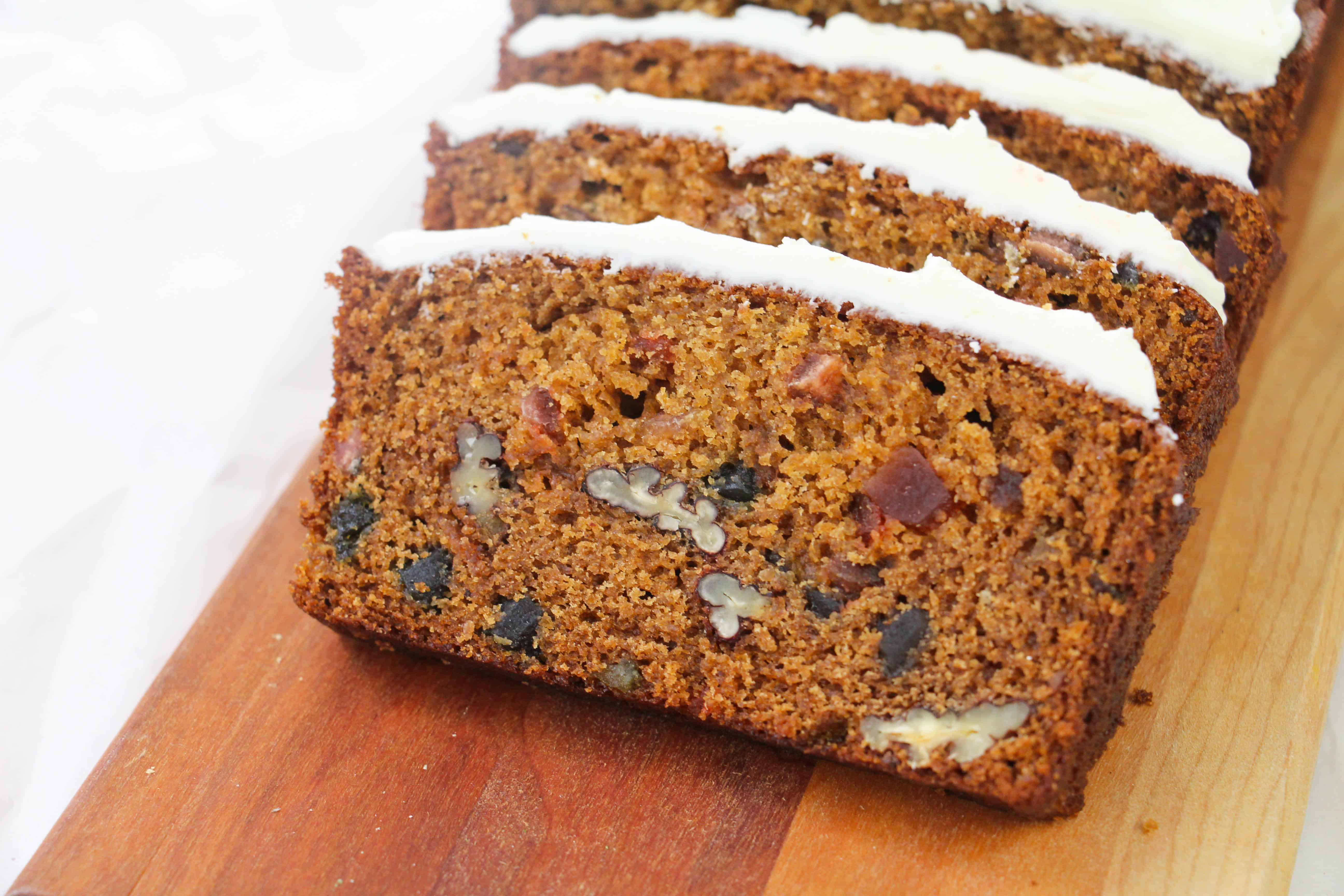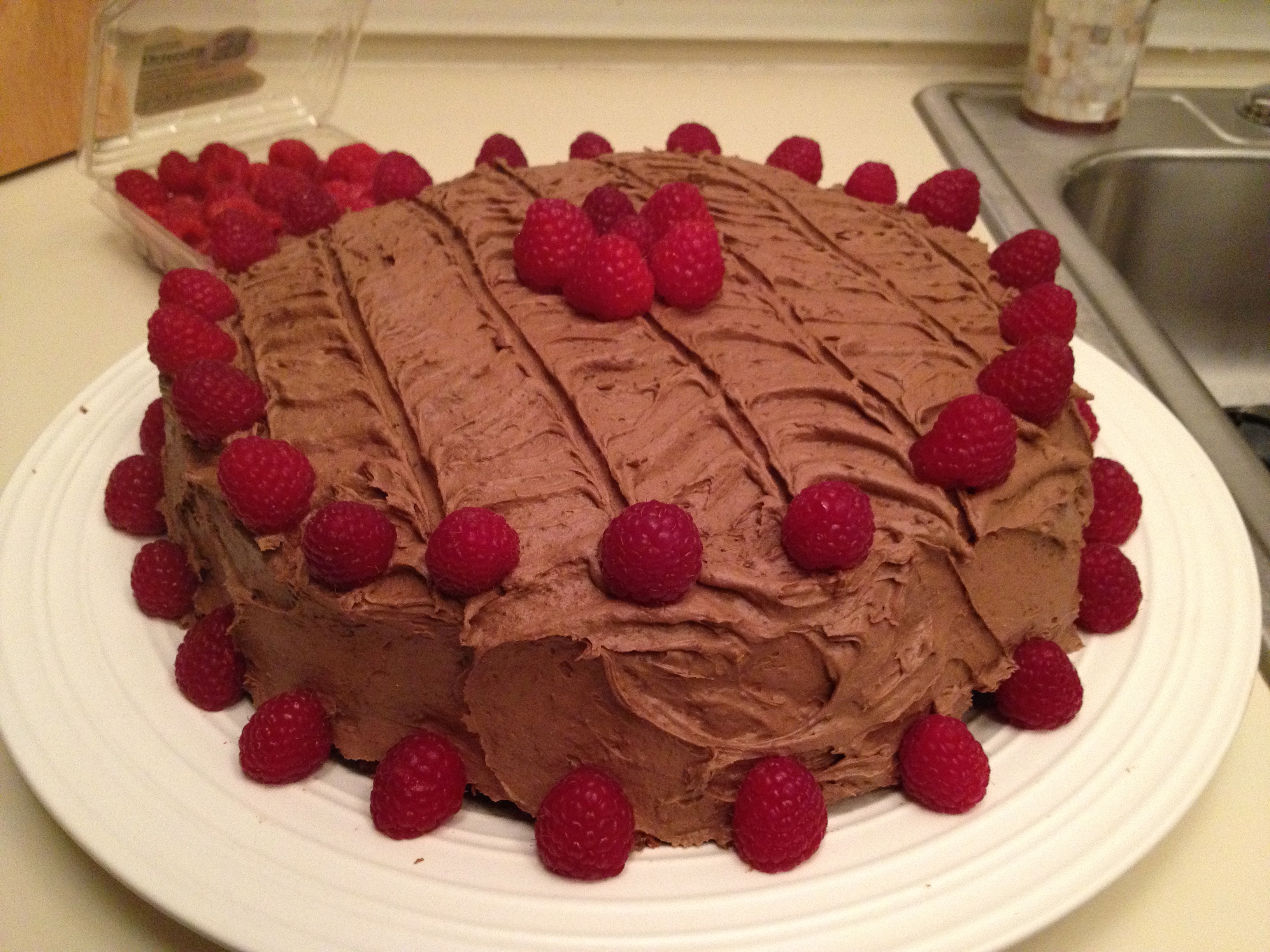Whether you’re a seasoned baker or a novice in the kitchen, a simple icing recipe can transform an ordinary cake into an extraordinary treat. From classic vanilla to rich chocolate and vibrant fruit flavors, the possibilities for creating delectable icings are endless.
This comprehensive guide will provide you with all the essential knowledge and techniques to master the art of simple icing, empowering you to create stunning cakes that will impress your family and friends.
In this guide, we’ll explore the fundamental ingredients used in simple icing recipes, discussing their roles and the importance of ingredient ratios. We’ll delve into different methods for making icing, including whisking, beating, and melting, providing step-by-step instructions and highlighting key techniques.
We’ll also cover variations and enhancements to customize your icing, from adding flavorings and colors to adjusting sweetness and texture.
Ingredients
Simple icing recipes for cakes typically consist of a few basic ingredients, each playing a specific role in achieving the desired consistency, sweetness, and flavor.
The most common ingredients include:
Sugar
Sugar is the primary ingredient responsible for providing sweetness and structure to the icing. Different types of sugar, such as granulated sugar, confectioners’ sugar, or brown sugar, can be used, each contributing unique characteristics to the icing’s texture and flavor.
Liquid
Liquids, such as milk, water, or fruit juice, are added to the icing to adjust its consistency and make it easier to spread. The type and amount of liquid used will affect the thickness and flowability of the icing.
Flavoring
Flavoring agents, such as vanilla extract, cocoa powder, or fruit puree, are added to enhance the taste of the icing. These ingredients can be adjusted to create a variety of flavor profiles that complement the cake.
Fats
Fats, such as butter or shortening, are sometimes added to the icing to provide richness and creaminess. The amount of fat used will affect the texture and spreadability of the icing.
The ratio of these ingredients is crucial in determining the final consistency and sweetness of the icing. A balanced ratio ensures that the icing is spreadable, flavorful, and not too sweet or thick.
Methods and Techniques
Creating simple icing involves various methods that impact its texture, appearance, and flavor. These methods range from whisking and beating to melting, each yielding unique results.
Whisking
Whisking is a gentle method that incorporates air into the icing, resulting in a light and fluffy texture. Begin by whisking together the dry ingredients, such as powdered sugar and cornstarch. Gradually add the wet ingredients, such as milk or water, while whisking continuously until a smooth and creamy consistency is achieved.
Beating
Beating is a more vigorous method that creates a denser and smoother icing. Using an electric mixer or a whisk, beat the softened butter until light and fluffy. Gradually add the powdered sugar, alternating with the wet ingredients, and continue beating until the desired consistency is reached.
Melting
Melting is a simple method that yields a glossy and smooth icing. Combine the chocolate chips or candy melts with a small amount of milk or cream in a microwave-safe bowl. Heat in short intervals, stirring in between, until the mixture is completely melted and smooth.
Variations and Enhancements

The versatility of simple icing allows for endless variations to suit your taste and preferences. From adding flavorings to adjusting the consistency, you can create unique and delectable toppings for your cakes.
Flavorings
Infuse your icing with a burst of flavor by adding extracts, spices, or fruit purees. Popular options include vanilla, almond, lemon, or chocolate. For a unique twist, try using culinary herbs like rosemary or lavender.
Colors
Transform your icing into a vibrant canvas by adding food coloring. You can achieve a wide range of shades, from pastel hues to bold primary colors. Consider the theme of your cake or the occasion when selecting colors.
Toppings
Elevate the visual appeal and texture of your icing by adding toppings. Sprinkle chopped nuts, grated chocolate, or edible flowers for a touch of elegance. You can also pipe decorative swirls or create intricate designs using a pastry bag.
Adjusting Consistency
The thickness of your icing can be easily adjusted to suit your desired consistency. For a thicker icing that holds its shape, add more powdered sugar. Conversely, for a thinner icing that flows smoothly, add a small amount of milk or cream.
Popular Variations
- Chocolate Ganache: A decadent and rich icing made from chocolate and heavy cream.
- Cream Cheese Frosting: A tangy and creamy icing perfect for carrot cake or red velvet cake.
- Royal Icing: A firm and glossy icing used for intricate piping and decorations.
- Whipped Cream Icing: A light and airy icing made from whipped cream and sugar.
Troubleshooting Common Issues

Making simple icing can sometimes encounter obstacles that affect its texture, consistency, and appearance. Understanding the causes and solutions to these common problems can help ensure successful icing preparation and a flawless finish for your cake.
Curdling
Curdling occurs when the ingredients, particularly butter and liquid, separate and form small lumps. This can happen due to temperature differences or improper mixing techniques. To prevent curdling, ensure the butter is at room temperature and gradually add the liquid ingredients while mixing continuously.
If curdling does occur, try gently heating the icing over a double boiler or in the microwave in short bursts, stirring constantly, until it comes back together.
Graininess
Graininess can result from undissolved sugar crystals. To avoid this, use superfine or confectioners’ sugar, which dissolves more easily. Additionally, ensure the icing is mixed thoroughly and for an adequate amount of time. If graininess persists, consider straining the icing through a fine-mesh sieve to remove any undissolved sugar.
Separation
Separation occurs when the ingredients in the icing, such as butter and liquid, separate after storage. This can be prevented by ensuring the icing is well-mixed and stored in an airtight container. If separation does occur, gently whisk the icing to bring it back together before using.
Final Thoughts
With a little practice and creativity, you’ll be able to create a wide range of simple icings that will elevate your cakes to new heights. Remember, the key to success lies in understanding the basics and experimenting with different flavors and techniques.
So grab your ingredients, preheat your oven, and let’s embark on a sweet journey of cake-icing perfection!
FAQs
What is the most important ingredient in simple icing?
Confectioners’ sugar is the most important ingredient in simple icing, as it provides the sweetness and smooth texture.
Can I use milk instead of water in simple icing?
Yes, you can use milk instead of water, but be aware that it may slightly alter the consistency and flavor of the icing.
How do I prevent my simple icing from becoming too thick?
Add a small amount of liquid, such as water or milk, to thin out the icing until it reaches the desired consistency.
How do I store simple icing?
Store simple icing in an airtight container in the refrigerator for up to 3 days, or in the freezer for up to 2 months.
